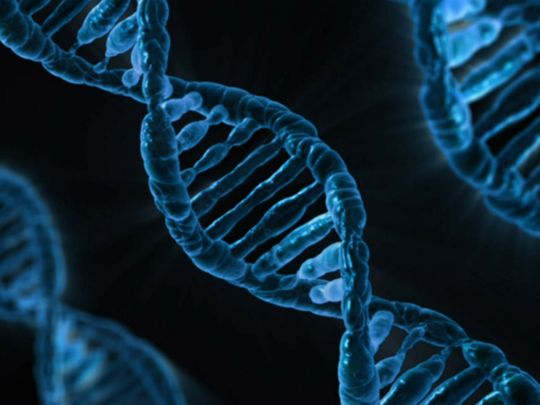
What do you think of, when you hear the words scientific discovery? Perhaps the discovery of the first antibiotic, penicillin, or the unearthing of the double-helix structure of deoxyribonucleic acid (DNA).
Click start to play the Weekend Crossword, where you can identify many more scientific discoveries through the ages that have changed the way we live.
Although penicillin and DNA were first found years ago, the decade that just went by – the 2010s – also yielded some major scientific breakthroughs. Scientists made amazing progress in learning more about the human body, the Earth and our cosmos. Here are three discoveries that are worth revisiting:
1. Detection of the first gravitational waves
Back in 1916, German theoretical physicist Albert Einstein theorised that when objects with enough mass accelerate, they can create waves that move through the fabric of space and time, like ripples on water. These spacetime wrinkles are called gravitational waves, and researchers have been searching for them for decades. Nobody directly detected them until 2015, when US-based Laser Interferometer Gravitational-Wave Observatory (Ligo) captured the aftershock of a collision between two distant black holes. The discovery created a whole new way of listening to the cosmos. In 2017, Ligo and the European observatory Virgo felt another set of tremors when two dense neutron stars collided, even as telescopes around the world saw it occurring. It marked the first event, in both light and gravitational waves, ever observed.
2. Ancient DNA, revolutionised
DNA sequencing technology has seen rapid advancement and the past decade has made great progress in understanding how genetics shapes human beings. More than 3,000 ancient genomes have been sequenced since 2010, including the DNA of Naia, a young girl who died in what is now Mexico, about 13,000 years ago. Her remains are thought to be the oldest intact human skeletons ever found in the Americas.
3. Crispr future
The identification of the Crispr-Cas9 system, which some bacteria naturally use as an immune system, has contributed to huge leaps in genome editing. According to National Geographic, the Crispr-Cas9 system allows bacteria to store snippets of viral DNA, identify any future matching virus, and then cut the virus’s DNA to ribbons. In 2012, researchers theorised that the system could be used as a formidable genetic editing tool, since it is precise and could be customised. Within months, the scientific community found that the technique worked on human DNA, and the discovery led to experiments in agriculture and medicine. It also brought up an ethical conundrum – when Chinese researcher He Jiankui proclaimed in 2018 the birth of two girls whose genomes he had edited with Crispr, the global medical community was stunned. The babies became the first humans born with inheritable edits to their DNA. Needless to say, the announcement sparked calls for a global moratorium on inheritable edits in humans.
Which discovery stood out for you the most? Play the Weekend Crossword and let us know at games@gulfnews.com.



